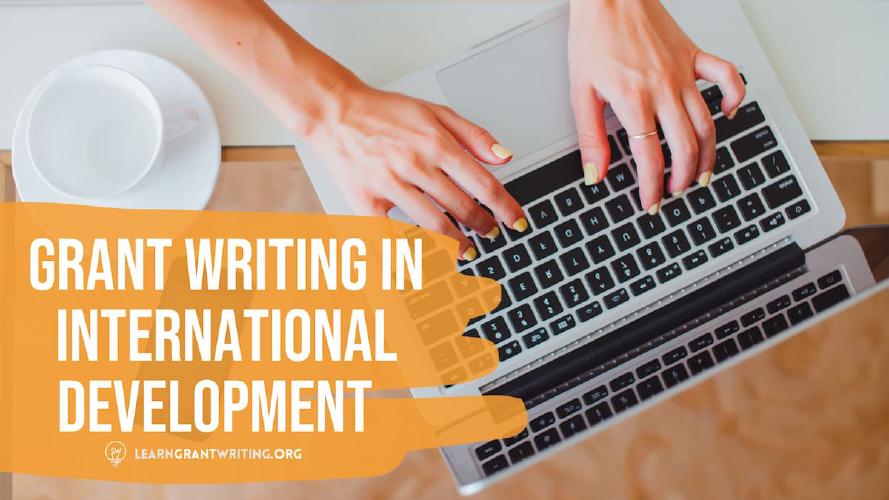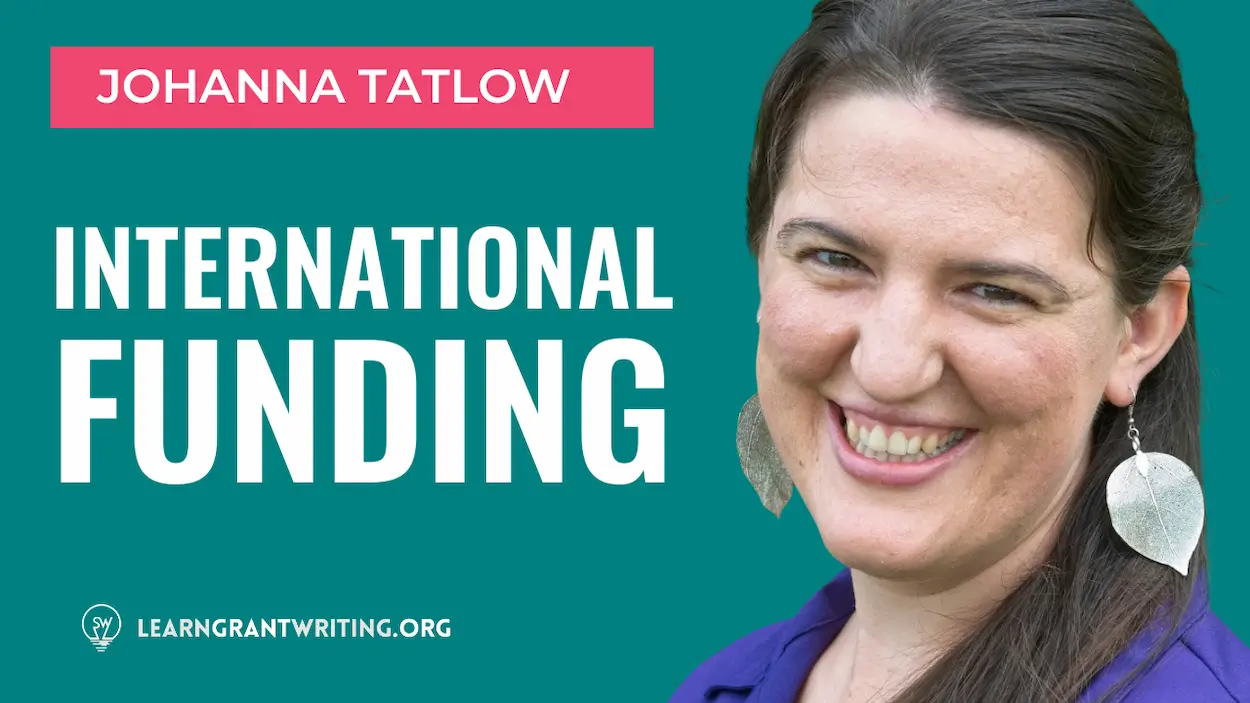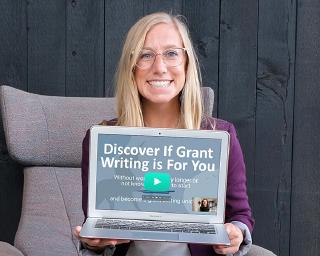As someone who has assisted organizations in getting over $15 million in USAID and other US government funding, I often get questions about finding jobs in international development. More recently, I have been fielding questions about starting grant consultancies for international development.
I have been in this space since 2015. In managing millions of grant funding, working with clients across the globe, and reflecting on how my career came to be, I’ve learned some valuable lessons the hard way. I’d love to share my expertise with those who are interested and passionate about building a career in international development.
If you're looking to become a grant writer in the niche of international development, I'll cover the challenges of "breaking in," how to build relationships to win more grants, how to find your first few projects, how to approach Funding Strategies, and how to specialize and scale your consulting business.
Breaking Into the Field The Right Way
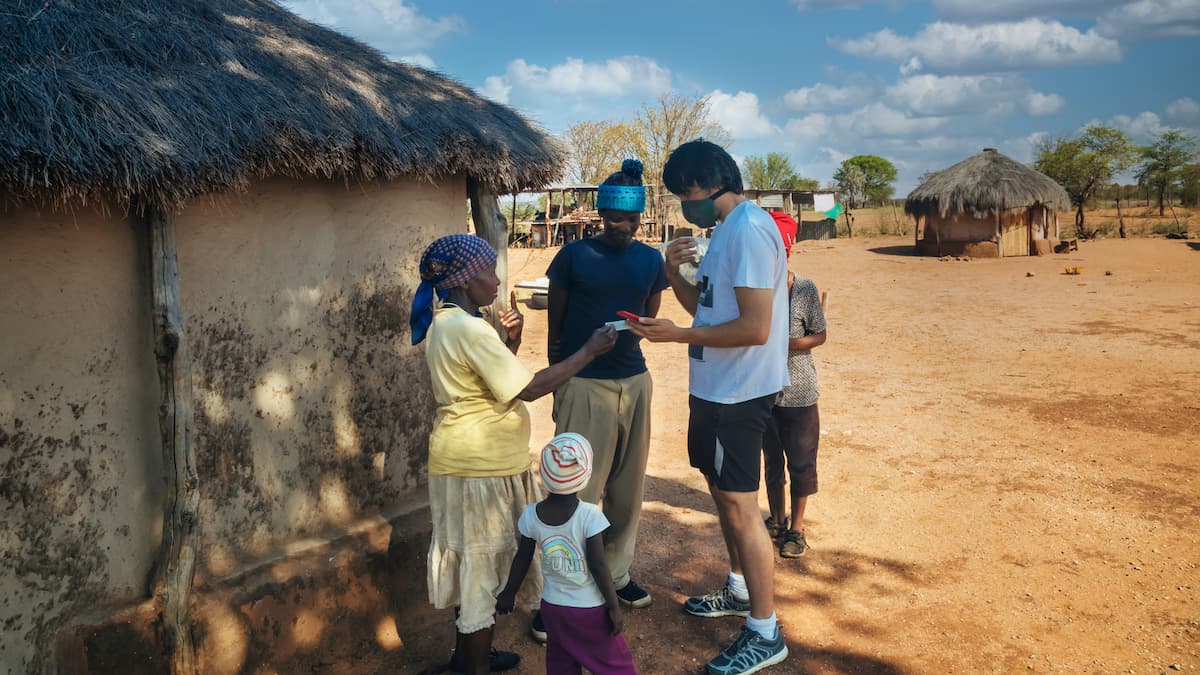
International development can be a fantastic career track. And I love grant writing. The intersection of the two energizes me. I love working with organizations on huge, complex issues and finding the right funding to tackle those challenges. You meet fantastic people as you do this work. And—if you’re doing things right—you get to make the world a more just, equitable place.
International development has the potential to help a lot of people. It also has the potential to hurt a lot of people.
If you want to be a responsible grant writer for international development organizations (I will call them NGOs from here on out), you will end up assisting them with program planning and checking for any unintended or potentially harmful impacts.
For instance, iron deficiency anemia has long been identified as a problem in Sub-Saharan Africa. So, many NGOs will want to increase iron intake via supplements or iron-enriched foods. It’s a good impulse. BUT increasing iron levels in that region has been proven to increase deaths (“all cause mortality”). Why? Because parasites and malarial protozoa thrive on high iron. So if you want to increase iron levels (important for reducing maternal mortality, for instance) without accidentally killing people, you have to supply anti-parasitic (deworming) and anti-malarial medication.
Because there have been so many harmful attempts in the past, reputable NGOs are careful in who they hire to design grant programs. If you want to be successful in the field, you have to be continually committed to challenging your own assumptions and engaging with new discoveries on how best to serve people.
Iron supplementation is by no means the only thing international development practitioners have been very wrong about.
Early attempts to mechanize agriculture also had horrific impacts, including outright starvation. Nor is the emergency response sector exempt. Delivering dairy as the primary protein to a starving people group with severe lactose intolerance. Giving away rice such that it put local rice farmers out of business and eliminated food production for the next year. Those are a couple of the mistakes my field has made.
To guard against repeating such mistakes, the bar of entry to the field is high, particularly if you are a “Western” person.
Don’t let it discourage you. Let it drive you to excellence.
There are a couple of common avenues into the field of international development:
- Being a “local” who is leading an impact organization in your own community (eg: a Kenyan who is working on poverty alleviation around Nairobi)
- Being a member of a diaspora community (eg: a Somali living in Minnesota) who is helping people back home overcome challenges
- Having lived experience overseas for a few years (Peace Corps, faith-based mission stints, college study abroad, or international work)
- Having substantial technical expertise to offer. For instance, you may be coming out of a nursing career and have a passion for international healthcare. Or you’ve worked on green energy financing in the US, and you want to do the same elsewhere.
In the absence of these, many people try to “short-cut” their way into international development through university studies, either at the undergrad or graduate level. The good programs will ensure you get substantial overseas experience and internships in the field as part of your training. But not all programs are good.
So, my first recommendation if you are seeking to go into international development is to do a self-assessment. What experience or expertise are you bringing to the field? If you don’t have much right now, you may need some time to develop it.
Having said all that--grant writing and fundraising is a technical skill. If you are already good at that, then you do have value to offer that NGOs are desperate for.
So, how do you edge your way in?
Nudging doors open in the international development world is all about relationships.
Curious about building a grant-writing consulting business? Find training to meet you where you’re at in your grant writing journey.
Building International Development Relationships

Hopefully, you have a few relationships in the international development world already. You can reach out to former professors, for instance, if it is your area of study. Or reach out to others who are still back in the country you lived in for a bit. When you are in this first stage, you’ll want to reach out to everyone you’ve ever met and let them know that you are looking to help NGOs with grants. You may not have people jump to reply. That’s okay. Send a follow-up email or two, but don’t pester too much.
Next, you will need to connect with new people. The easiest way to do this is LinkedIn. The platform is essential to getting off the ground as an NGO consultant. Make a profile that showcases not just your past jobs but also the stories that connected you to international development. Once you have your profile, drive traffic your way by following the main influencers of the NGOs and niches you are interested in. Comment on as many of their posts as you reasonably can to build your network.
Connect with anyone you remotely know and anyone you’re interested in knowing. Connect with anyone you have an informational interview with or a conversation with at a conference. If you have commented on someone’s post, send a connection request after: “Hey, I see you talk about {interesting stuff}. I’d love to connect.”
Make sure you are connecting with “nationals,” the local people who actually do the program groundwork in their own home countries. They often have the best perspective and the best ideas. As funders realize this, they have begun to shift to granting to “on-the-ground” organizations directly, a movement known as “localization.” In other words, even if you didn’t want these nationals’ perspective (in which case, please just quit the field now), they also hold decision making power. However, very little work has been done to assist them in building grant writing potential or in navigating complex applications. As a grant consultant, you both have a great deal to learn from them and a valuable skill set to offer them.
As you make connections on LinkedIn, put in the extra work to take the relationships off the platform as well. After a few interactions, reach out and ask if they could talk for 15 minutes. Be clear about what you will talk about. If you have a pitch, they want to know upfront. Don’t spring it later. Sending a Zoom or Google Meet invite link within LinkedIn messaging is the easiest. You can ask for their email and phone number for follow-up.
Not only are connections crucial for finding paid assignments, they are also crucial for ensuring your clients actually receive funding.
A grant you write will succeed somewhat on the basis of the quality of the grant. However, it will succeed largely on the basis of the organization’s reputation and the quality of the relationships between senior “field staff” (the people in other countries) and the funder’s staff.
For USAID, this takes the form of “Mission concurrence,” as in, the country office has to sign off on wanting your organization to work there (side note: you can find the Mission email at the very bottom of each USAID country profile page). For many foundations, this means you can’t even put in an application if you don’t know who in the country to email for a referral to headquarters. MasterCard Foundation, for instance, is referral only. As is the Buffet Agricultural Foundation last I checked. You can certainly reach out to them, but not with a cold grant proposal--only to introduce their field staff to your field staff, who would then explain their current program and introduce the idea of what they would like to do next. After which, you might get to write that up into a grant proposal with some chance of securing funding.
The more you make connections and build relationships, the greater your chances of success in finding and supporting clients.
Finding Your First Few NGO Projects
The first few grant projects are the hardest to land. When you are just starting off, your target client will likely be a small organization with a very specific focus (eg: one that digs wells in Uganda). You may start with less ideal clients. You can also explore pro-bono, particularly for organizations that are local to impoverished countries. But do this from a place of mission and not a belief that you aren’t worth getting paid. Grant writers make a huge difference for their clients and are well worth a fair fee.
Many of the best organizations furthering “international development” are actually ones started by, say, a Senegalese in Senegal. However, because of currency exchange rates and geographical disadvantages, they will not be able to pay you a US market value for your grant writing services. As someone who is starting out, editing those proposals to sound like they were written by a native English speaker will give you good experience and insight into the field. But it may not result in many connections to paying work.
If you are in the US and need to make a US wage, then your ideal client will be small or midsize organizations with US offices. Those are going to be the easiest to connect with and the easiest to find foundation funding for.
If you are wanting to get into the bigger (federal, e.g. USAID) grants or work with larger clients right away, you will likely need to do so as an editor or secondary writer under a Lead Writer. Not only can that arrangement open doors for contracts, but it can also be an excellent learning opportunity. They will have insights into donors and players in the field that you need. They will also have insights into the culture of the international development field itself and shifting preferences on terminology and word choice.
Funding Strategies For NGOs
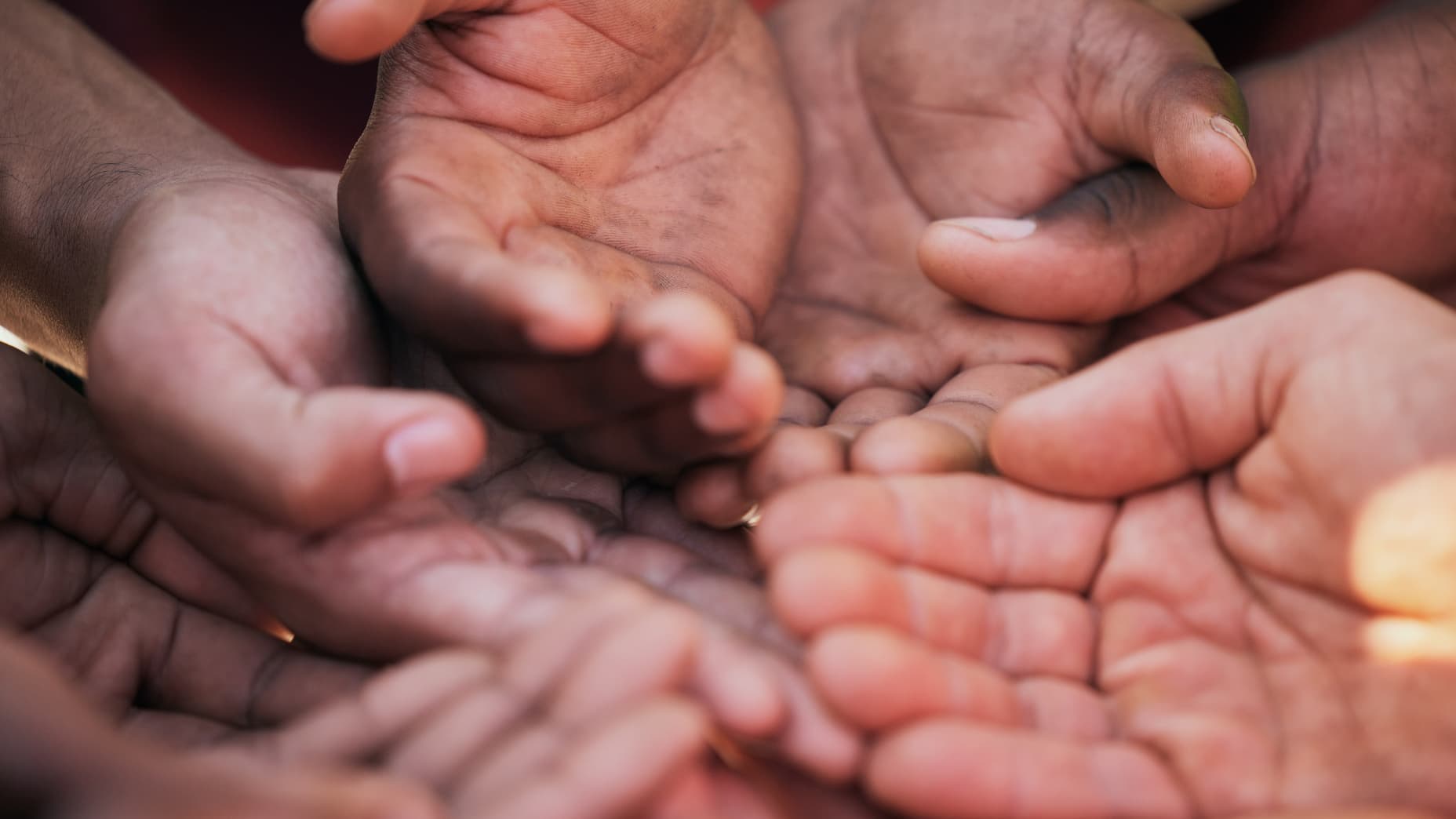
There is one primary way in which NGO grant work differs from the standard procedure on Learn Grant Writing, and that is in creating a Funding Strategy. A Funding Strategy is a memorandum summarizing the top 10-15 grant opportunities that yield the highest likelihood of success. But finding funding opportunities isn’t going to be as easy as doing an Instrumentl search.
Here are some other recommended ways to source international funding:
- Google Bard is surprisingly helpful as a search tool. Search phrases such as “top funders for water projects in Africa” and then follow up on the lists found in search result articles.
- FundsforNGOs has a website with good lists of funders and a basic database.
- Following key individuals and foundation accounts on LinkedIn will keep you in the loop. I recommend Joanne Sonenshine, the folks at GlobalGiving, and Mastercard Foundation, among others.
- Look through the annual reports or 990s of organizations doing similar work to see who funded them, and then reach out to those funders.
- Consider “subbing” to the larger organizations. Big NGOs such as World Vision and CARE -International often give money to smaller, local organizations to do specific projects.
- Follow blogs from groups such as the Borgen Project and The Bridgespan Group. They often write posts such as “Five Organizations Working Towards Eliminating Malaria”.
The key to developing a Funding Strategy is having someone inside the organization to collaborate with. Your responsibility will be to find lists of potential opportunities across several search platforms. When you’ve uncovered opportunities that are a good fit, done your research to make sure your organization is eligible, and compared past awards to vet for alignment, then you’ll move on to outreach. Depending on your relationship with the organization, you might lead the outreach between a funder and an organization, or they might.
Ideally, you will be looping in a “field contact” (someone based in the country for which you are finding funding) who can work with a “program officer” of the funder (or, in USAID’s case, “the Mission” and in USDA’s case “the Post”). They should invite the program officer to come out and observe current projects or go with them on fact-finding trips. You’ll need to emphasize that you are not going to be the relationship holder with donors but rather the introducer. The NGO has to take it from there.
In your search for potential donors, don’t overlook past donors.
You would be surprised at how often these foundations get neglected by accident after one round of funding finishes. Ask the organization you work with for a list of funders who have given in the past five to ten years. Corporate giving, faith-based giving, and smaller foundations tend to be the low-hanging fruit. Even if they can only give 10% of what you need, this can be used to show match to the bigger organizations who like to see “leverage” with their funds, where you are matching some percentage with another donor or funding source.
You might not end up doing a Funding Strategy.
Funding Strategies are usually led by a Business Development Director/ VP or are part of a senior executive’s role. Most of the mid and large-size organizations should already have funding sources they have identified. If an organization wants to include a large foundation (the Gates Foundation, for instance) in its strategy, the senior executive will probably need to have a meeting with, play golf with, or plan a trip to co-occur with a foundation representative. For example, an executive might attend two hours of a conference halfway around the world so that they can get coffee with the foundation rep who is scheduled to speak.
That is way above your pay grade.
Eventually, you will find a medium-sized client or two who is happy to give you repeat work. You can help them with some strategy and work on larger projects with them.
Specialize And Scale Your Consulting Business

The world is a very big place. And international development is a bit of a catch-all term. When you start off, you can and should throw a wide net. If you want to succeed in the field later, you’ll need to specialize. Do you want to write grants for economic development projects? Or for healthcare? Or education? Nutrition? Infrastructure? Or would you prefer to write for humanitarian crisis response? Technically, that’s not international development (a discussion for another day), but it does dovetail.
If you don’t want to limit yourself to a particular technical area, you can niche down by geographic region instead. Perhaps you have a passion for Honduras, or you would like to support projects in West Africa.
Focusing on a niche allows you to become a consultant instead of a freelancer. Rather than being someone who is hired for writing gigs, you will become someone who has insight and expertise to offer during the program development process. You will start to contribute to the design of solutions rather than just writing up what the field leaders are requesting.
After you’ve written three large NGO grant proposals (“large” in NGO terms means over $1M in value) in your preferred area, you can usually worm your way into more via platforms like KeyLime, Konektid, and Head Global. All of these have a USAID focus. They are the ones that the largest NGOs turn to when they have “surge needs.” They will want to know what your specialty is to determine if you are qualified, and they will request references. Working for those clients lets you build up a word-of-mouth reputation. You need to be on more than one of these if you want consistent work. Even then, you are likely to have dry spells during the summer and early autumn. Having retainer clients of your own will even out your income.
Rewarding Work As An NGO Grant Writer
International development is a field I am passionate about, and it requires passion. It also requires humility. And it requires an orientation to relationships that I frankly lacked when I first started.
Maturity, mentorship, and the school of hard knocks taught me a lot. When you start out, you will have some closed doors, some misunderstandings, faux pas, and hard knocks too. That’s okay. Every single person who is in this space has had an “Oh my word, why did I DO that?!?” moment. As well as a “I have no idea what I did wrong. Why did they react that way?” moment. Lots of those moments, actually, given the cross-cultural nature of the work. We live and learn.
There are a lot of challenges and needs out there. There are a lot of NGOs doing good work. And there is a lot of grant funding available to NGOs that requires a well-crafted grant proposal. So, in theory, the field should be wide open and accessible. In reality, it can be difficult to break into. But if you do, it is worthwhile. You meet inspiring people. You make a difference. You may even get to travel the world, albeit not usually to any of the common tourist attractions!
So, go. Start making connections. Use LinkedIn. Ask questions. Offer your services. And see where the path takes you.

